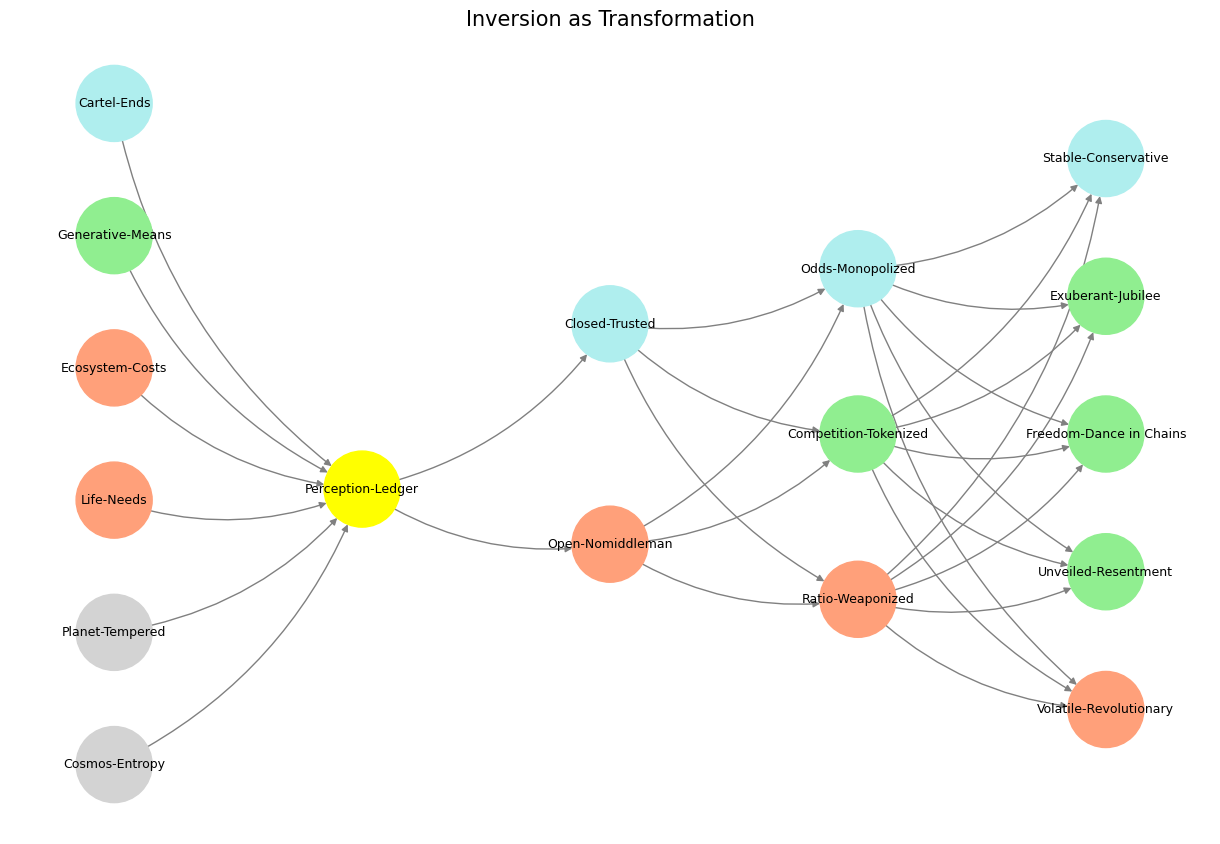Individuation#
Batch-based Electronic Data Interchange (EDI) and Application Programming Interfaces (APIs) represent two distinct methods of data communication and processing, each with unique strengths and weaknesses. For clinical researchers unfamiliar with these terms, understanding their core principles and applications is crucial, especially as medicine increasingly embraces digital transformation and personalized care.
EDI refers to a system where data is exchanged between organizations in structured formats at scheduled intervals, typically in batches. Imagine a scenario where a hospital sends anonymized patient data to a central research registry. With EDI, this exchange might occur once every 24 hours, where all relevant data accumulated during that period is compiled into a file, formatted according to predefined standards, and securely transmitted. The registry processes the batch as a single unit, ensuring that large datasets can be integrated and analyzed systematically. EDI systems are reliable and well-suited for industries like healthcare, where data integrity, regulatory compliance, and interoperability across multiple institutions are critical. However, their batch nature means they are inherently limited in responsiveness. For example, if new data becomes available after a batch has been sent, researchers must wait until the next scheduled transmission for access.

Fig. 16 Trump—Flanked By Larry Ellison, Sam Altman, & Masayoshi Son—Announces Project Stargate. President Trump, flanked by top tech executives and AI experts, announces a major new AI initiative called Project Stargate. Our App provides infrastructure that connects this to the academic medicines workflows#
In contrast, APIs are real-time communication tools that allow systems to exchange data dynamically and on-demand. An API acts like a digital intermediary, enabling two software applications to interact directly, pulling or pushing data as needed. For clinical research, APIs can revolutionize workflows. Imagine a patient using an app to track their symptoms and upload results from wearable devices. With an API, this information can be immediately transmitted to a clinical trial’s central database, where researchers gain near-instant access to the data. APIs enable granular control, allowing researchers to request only the specific data they need without waiting for an entire dataset. This responsiveness is a cornerstone of personalized medicine, where real-time data can inform adaptive interventions or treatment decisions. Additionally, APIs facilitate integration across various platforms, including electronic health records (EHRs), analytics tools, and patient-facing applications.
The key distinction between batch-based EDI and APIs lies in their approach to timing and integration. EDI is designed for robustness and bulk data handling, where standardization ensures reliability but at the cost of immediacy. APIs prioritize agility and interoperability, making them indispensable for ecosystems that demand real-time updates and modular adaptability. For example, in a clinical trial ecosystem, EDI might be used to compile nightly updates on all participants’ lab results, while APIs could enable investigators to immediately access data from an individual patient’s wearable device, streamlining decision-making for safety monitoring or protocol adjustments.
Ecosystem integration blends these approaches, leveraging the stability of EDI for foundational, large-scale processes while incorporating APIs for real-time responsiveness and precision. This hybrid model is analogous to a well-run clinical research team: batch processes provide the groundwork for systematic, large-scale analyses, while dynamic, real-time interactions allow for adaptability to emerging data and individualized insights. By adopting an API-first approach, clinical researchers can create agile systems that enhance collaboration across institutions, improve data transparency, and ensure patient-centered care, all while maintaining the reliability and structure that batch-based EDI offers.
Show code cell source
import numpy as np
import matplotlib.pyplot as plt
import networkx as nx
# Define the neural network fractal
def define_layers():
return {
'World': ['Cosmos-Entropy', 'Planet-Tempered', 'Life-Needs', 'Ecosystem-Costs', 'Generative-Means', 'Cartel-Ends', ], # Polytheism, Olympus, Kingdom
'Perception': ['Perception-Ledger'], # God, Judgement Day, Key
'Agency': ['Open-Nomiddleman', 'Closed-Trusted'], # Evil & Good
'Generative': ['Ratio-Weaponized', 'Competition-Tokenized', 'Odds-Monopolized'], # Dynamics, Compromises
'Physical': ['Volatile-Revolutionary', 'Unveiled-Resentment', 'Freedom-Dance in Chains', 'Exuberant-Jubilee', 'Stable-Conservative'] # Values
}
# Assign colors to nodes
def assign_colors():
color_map = {
'yellow': ['Perception-Ledger'],
'paleturquoise': ['Cartel-Ends', 'Closed-Trusted', 'Odds-Monopolized', 'Stable-Conservative'],
'lightgreen': ['Generative-Means', 'Competition-Tokenized', 'Exuberant-Jubilee', 'Freedom-Dance in Chains', 'Unveiled-Resentment'],
'lightsalmon': [
'Life-Needs', 'Ecosystem-Costs', 'Open-Nomiddleman', # Ecosystem = Red Queen = Prometheus = Sacrifice
'Ratio-Weaponized', 'Volatile-Revolutionary'
],
}
return {node: color for color, nodes in color_map.items() for node in nodes}
# Calculate positions for nodes
def calculate_positions(layer, x_offset):
y_positions = np.linspace(-len(layer) / 2, len(layer) / 2, len(layer))
return [(x_offset, y) for y in y_positions]
# Create and visualize the neural network graph
def visualize_nn():
layers = define_layers()
colors = assign_colors()
G = nx.DiGraph()
pos = {}
node_colors = []
# Add nodes and assign positions
for i, (layer_name, nodes) in enumerate(layers.items()):
positions = calculate_positions(nodes, x_offset=i * 2)
for node, position in zip(nodes, positions):
G.add_node(node, layer=layer_name)
pos[node] = position
node_colors.append(colors.get(node, 'lightgray')) # Default color fallback
# Add edges (automated for consecutive layers)
layer_names = list(layers.keys())
for i in range(len(layer_names) - 1):
source_layer, target_layer = layer_names[i], layer_names[i + 1]
for source in layers[source_layer]:
for target in layers[target_layer]:
G.add_edge(source, target)
# Draw the graph
plt.figure(figsize=(12, 8))
nx.draw(
G, pos, with_labels=True, node_color=node_colors, edge_color='gray',
node_size=3000, font_size=9, connectionstyle="arc3,rad=0.2"
)
plt.title("Inversion as Transformation", fontsize=15)
plt.show()
# Run the visualization
visualize_nn()


Fig. 17 Change of Guards. In Grand Illusion, Renoir was dealing the final blow to the Ancién Régime. And in Rules of the Game, he was hinting at another change of guards, from agentic mankind to one in a mutualistic bind with machines (unsupervised pianos & supervised airplanes). How priscient!#
Foundations#
Entropy, Gravity
Patterns
Connotation
Interaction
Tendency
As You like it#
World
Jaques
Exits (Resurrection in Hades) vs. Entrances (Ascenscion to Paradise)
Stage: A Tale Told by an idiotFull of Sound & Fury
Only a full describes it; Signifying Nothing
General: Crypto, AGI#
Gate-keepers
Keys to Kingdom
Worthy vs. Unworthy
Tests of Worthiness: Laboratory or Jungle, Rat-race
Entrenchment of Paradise as Ultimate Goal — Gifts & Trophies to Olympiads
Various Flavors of Coffee#
Errand boy, son -in-law (Oxfordian, Alice in Wonderland, Lawrence of arabia)
Christianity, Civilization, Commerce, Coffee, Cafe-house
Road of Skulls
Law of the Jungle
Milk & Honey

